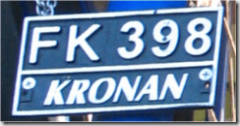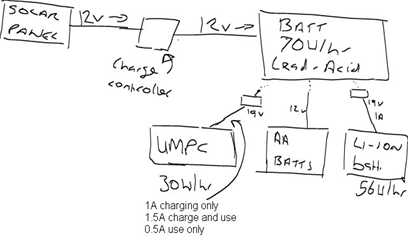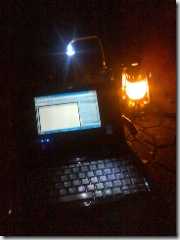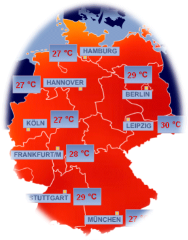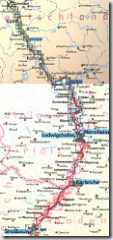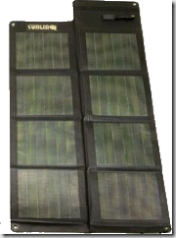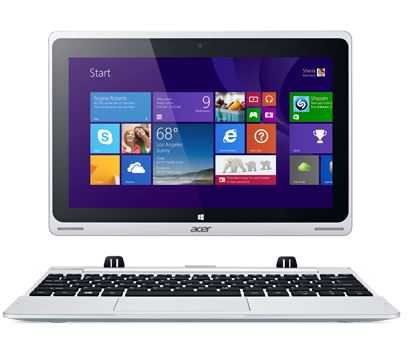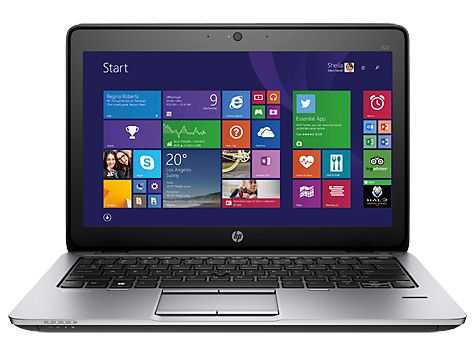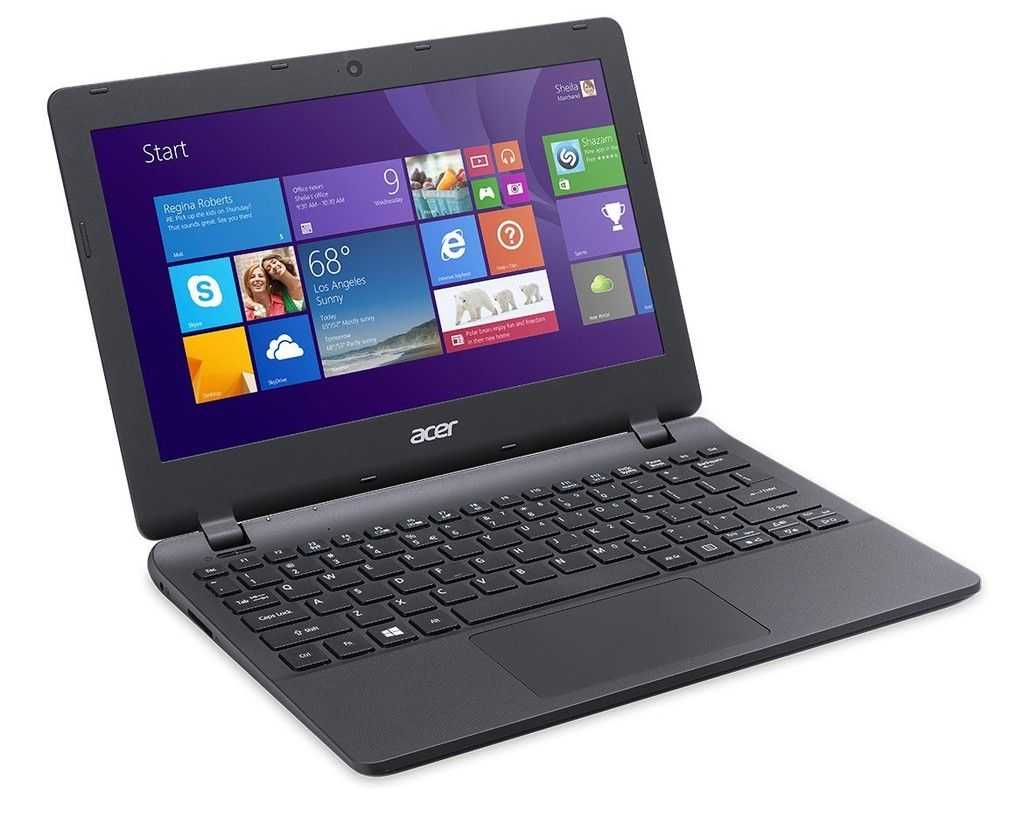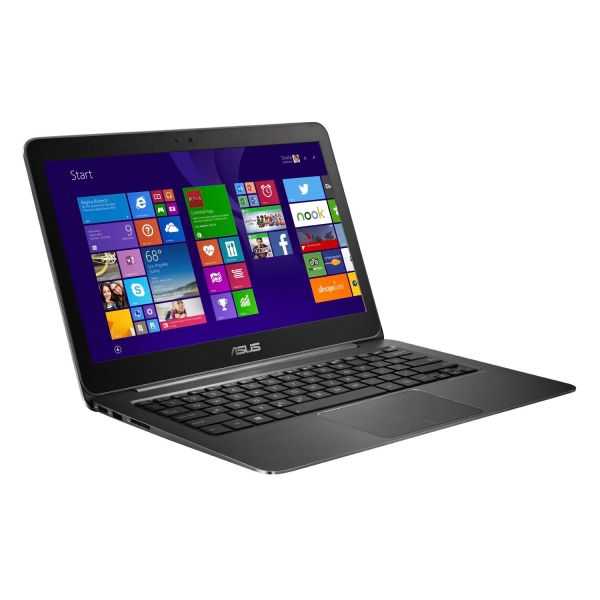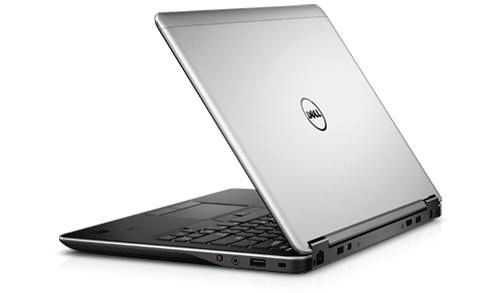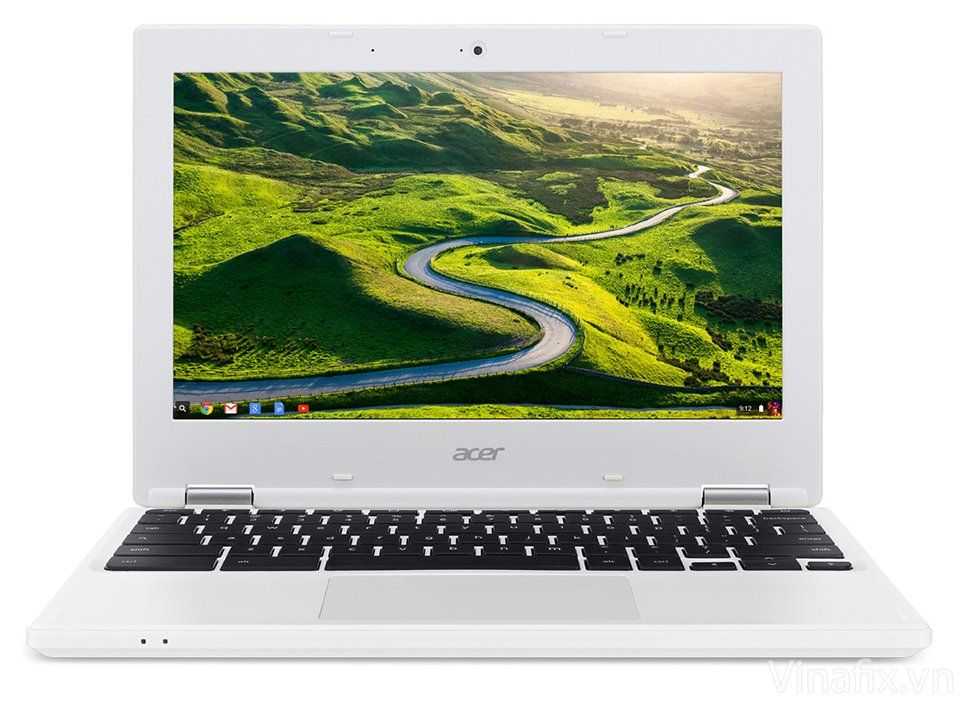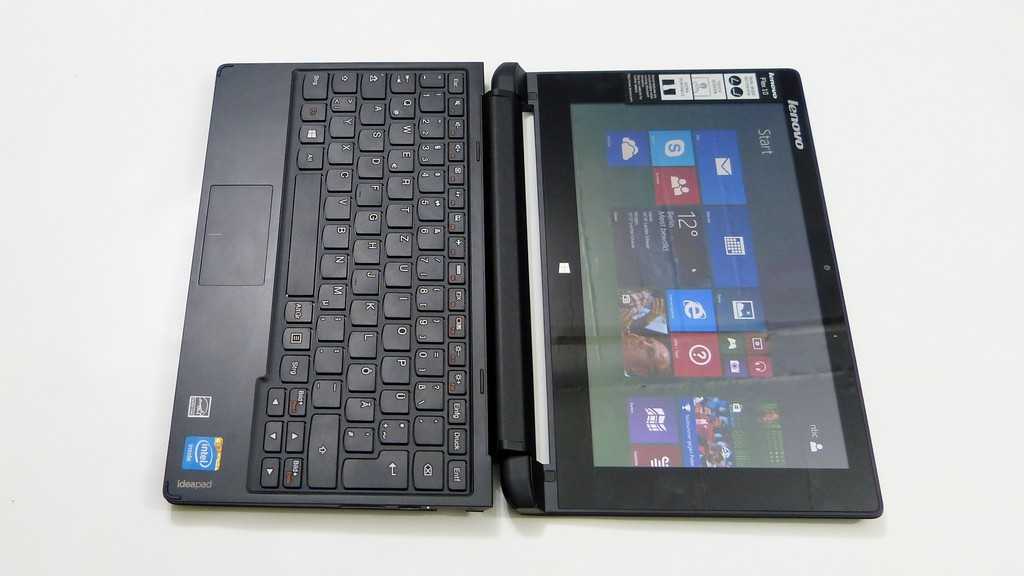Kornel, a member of the UMPCPortal.com team, asked my why I wasn’t using a solar backpack on the tour. He was referring to products like the Juice Bag from Reware and the Voltaic Solar Backpack. [update: And someone has just told me about the Clear Blue Solarpac Series. Another option. Thanks Jon.]

Reware Juice Bag backpack
I had pretty much dismissed the idea based on the fact that I didn’t really want anything on my back and I thought I had all that I needed in my 25W solar panel. However, I’ve had some other thoughts in the last 24 hours mainly because the big 25W solar panel is proving impossible to deploy in a 100% open configuration on my bike. The other thought I had just 30 minutes ago was that if the 25W panel breaks, I’m finished. I need a back-up. The final though I’ve just had as I sit down here is that I need to test as many possibilities as possible out so that I can, at the end of the tour, be in the best position to advise other people what combination of products is the best for a certain situation.

Voltaic Solar Backpack
The Juice Bag looks like the best option as it provides 6.3 watts compared to the Voltaic’s 4 watts. It has a 31 liter capacity (could be good for some light clothing) and is waterproof. It certainly sounds like it could supplement the kit very well so I’ve decided, just 5 days before I’m due to start, to try and get hold of one to test. I’ll see if I can contact Reware to get hold of one under some kind of sponsorship deal where I report back to them how it worked out and whether its worth them promoting them for UMPC usage or even creating a UMPC-focused solar gadget bag!
Thanks Kornel, for making me think about this as a possible solution!


